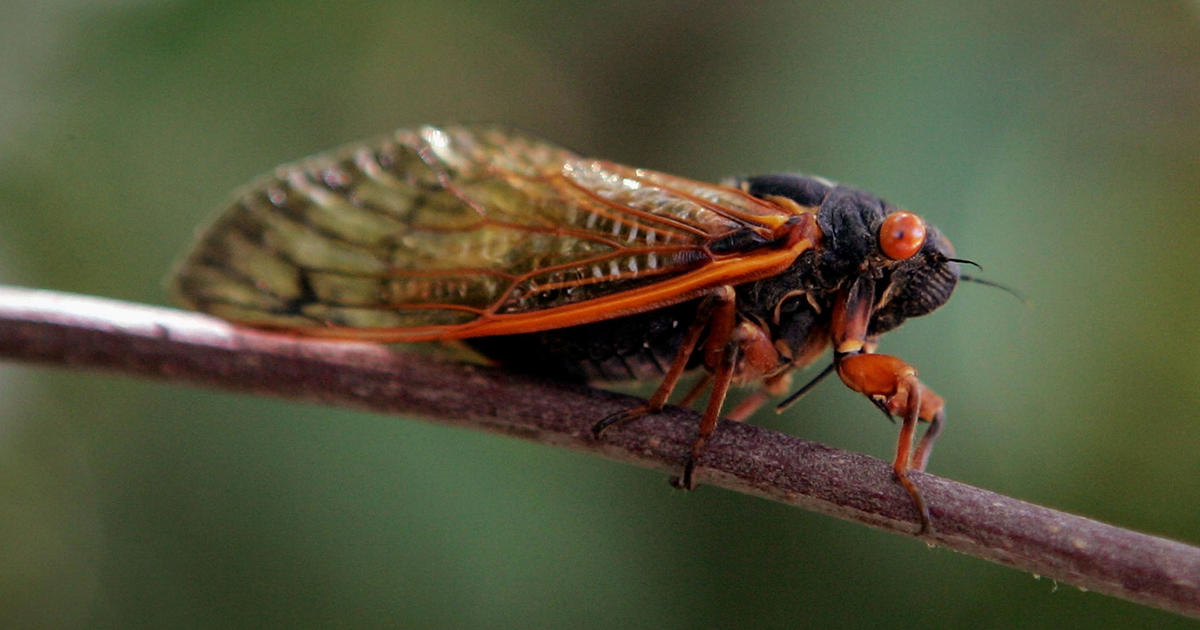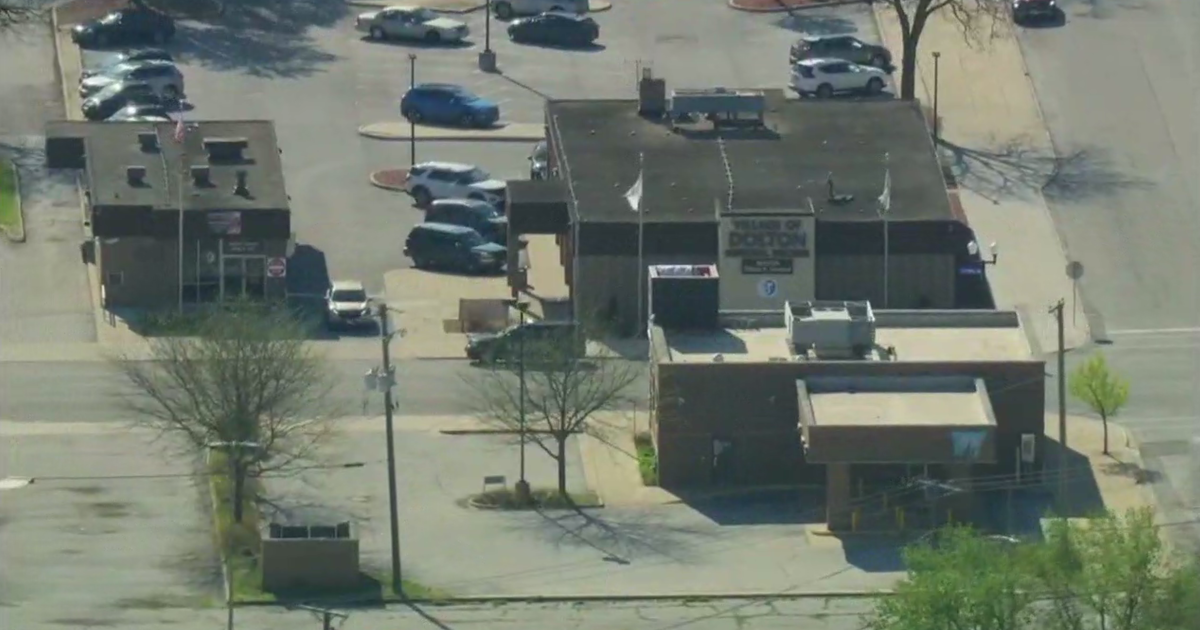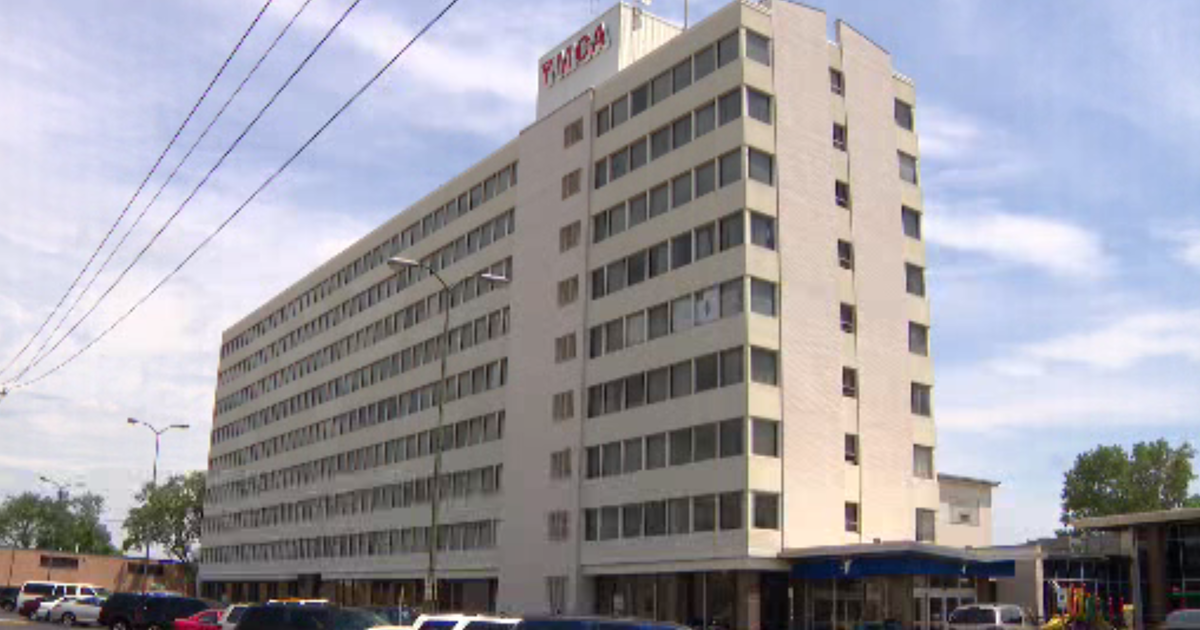Cable Behind Rhode Island Beach Explosion Has Cousins In Illinois, Nationwide
PROVIDENCE, R.I. (AP) — The cable that caused an explosion at a crowded Rhode Island beach last summer, injuring a woman, may have counterparts lying under beaches, harbors and waterways at dozens of sites nationwide.
There are 48 sites in 12 states where U.S. Coast Guard lights — in lighthouses, buoys or other beacons — were converted to solar power but inactive sub-cables that formerly powered them are still in the service's database, according to a list the Coast Guard provided to The Associated Press in response to a records request.
The cables' presence in the database indicates they are probably still there, though there's no way of knowing for sure without digging. The Coast Guard couldn't immediately say specifically where the cables are or whether they run beneath or near a beach.
The July 11 explosion at Salty Brine Beach in Narragansett, Rhode Island, was probably caused by hydrogen that built up around corroded copper in a Coast Guard cable, scientists said. The blast hurled Kathleen Danise, of Waterbury, Connecticut, from her beach chair and threw her against a rock jetty 10 feet away, fracturing two ribs. Scientists were initially stumped.
Michigan has the most potential sites, with 21, according to the list. Wisconsin has eight, Illinois five, Indiana and Ohio three each, and Minnesota two. Rhode Island, Delaware, Pennsylvania, New Jersey, Virginia and New York have one each.
In Two Harbors, Minnesota, a Coast Guard cable runs underneath a sidewalk, next to a rocky beach and out to the breakwall, said Stuart Anderson, lead lineman for the city's electrical department. Anderson said he doesn't know whether the cable, which is on the list, is a cause for concern.
"We don't mess with their stuff," he said. "You would think they would be on top of it more if they had a problem."
Ed Golder, a spokesman for Michigan's Department of Natural Resources, said he didn't know about the cables and that he would contact the Coast Guard.
Environmental officials in states with multiple sites referred questions to the Coast Guard and elsewhere or said they're evaluating their next steps.
Coast Guard officials don't believe the other sites pose a risk because there have been no other reported or related incidents and because environmental factors at the sites, such as sand and water, differ, said Lt. Sarah Janaro, a spokeswoman.
But there's clearly a problem that needs to be addressed, said Chris Reddy, who has closely followed the investigation in Rhode Island as a senior scientist at Woods Hole Oceanographic Institution in Massachusetts and an expert in marine chemistry and geochemistry.
Reddy cautioned, though, against a "knee-jerk reaction" to dig up all the cables.
The Coast Guard should thoroughly analyze the risks vs. rewards of removing them, Reddy said. For instance, a worker could get hurt hitting a potentially explosive cable with a shovel, but on the other hand, a future explosion could injure a beachgoer.
Unburying the cables could be expensive. The Coast Guard is removing a section of cable protruding into the water in Rhode Island but hasn't awarded a contract.
One of many options could be signs to warn people to stay away, Reddy added.
The Coast Guard may want to deal with the oldest cables first, Reddy said. The dates the cables were installed and disconnected aren't in the database. The one that caused the Rhode Island explosion was installed in the 1950s.
The Coast Guard said that it follows utility and construction industry practice of leaving disconnected cables in place, and that its policies don't require inspections of these cables.
The Coast Guard is waiting to decide whether to act at the other sites until it reviews the findings from Rhode Island, Janaro said. Rhode Island officials are reviewing scientists' final report.
___
MICHIGAN (21 sites)
— Harbor Beach Light 2
— Round Island Passage Light
— De Tour Reef Light
— West Neebish Channel (Downbound) Light 32
— West Neebish Channel (Downbound) Light 30
— Little Rapids Cut Light 96
— Little Rapids Cut Light 98
— Brush Point Range Front Light
— Grand Marais Harbor Of Refuge Outer Light
— Marquette Breakwater Outer Light
— Marquette Breakwater Inner Light
— Keweenaw Waterway Lower Entrance Light
— Portage Lake North Pierhead Light
— Manistee North Pierhead Light
— Ludington North Pierhead Light
— Pentwater North Pierhead Light 3
— Muskegon South Pierhead Light
— Muskegon Lake Light
— Holland Harbor North Pierhead Light
— St. Joseph North Pierhead Light
— St. Joseph North Pier Inner Light
___
WISCONSIN (8)
— Bayfield Harbor South Breakwater Light
— Superior Entry South Breakwater Light
— Kenosha Light
— Milwaukee Breakwater Light
— Milwaukee Pierhead Light
— Sheboygan North Pierhead Light
— Manitowoc Breakwater Light
— Two Rivers North Pierhead Light
___
ILLINOIS (5)
— Calumet Park 101st Street Pier Light
— Chicago Harbor Light
— Chicago Harbor Entrance South Side Light
— Chicago Harbor Southeast Guide Wall Light
— Waukegan Harbor Light
___
INDIANA (3):
— Michigan City East Pierhead Light
— Indiana Harbor East Breakwater Light
— Indiana Harbor Light 5
___
OHIO (3)
— Lorain Harbor Light
— Huron Harbor Light
— Sandusky Harbor Breakwater Light
__
MINNESOTA (2)
— Two Harbors East Breakwater Light
— Grand Marais Light
___
DELAWARE
— Bulkhead Bar Range Front Light
___
NEW JERSEY
— Florence Upper Range Front Light
___
NEW YORK
— Sodus Outer Light
___
PENNSYLVANIA Enterprise Lower Range Front Light
__
RHODE ISLAND
— Point Judith Harbor of Refuge West Entrance Light 3
___
VIRGINIA
— Smith Point Light
(TM and © Copyright 2016 The Associated Press. All Rights Reserved. This material may not be published, broadcast, rewritten or redistributed.)



